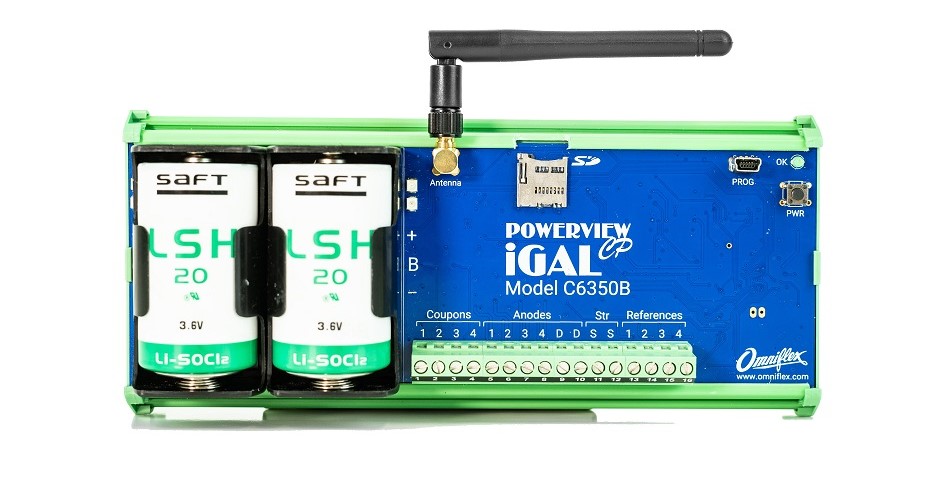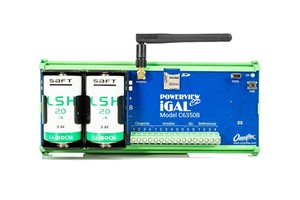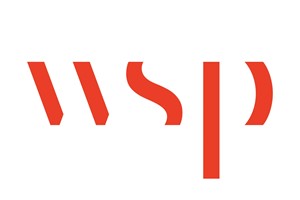Remote monitoring specialist Omniflex has launched iGAL, the world’s first battery powered instrument for remotely monitoring and testing galvanic cathodic protection (CP) installations wirelessly via the web. The new technology is designed to help asset managers monitor the corrosion of embedded metal structures while removing the need to physically visit the site to undertake time-consuming, costly and often hazardous surveys.
Available with a weatherproof enclosure for easy installation, iGAL features a battery life of up to six years, allowing asset managers to protect embedded metal structures from corrosion. It works by connecting the structure being protected to a series of anodes made from a metal alloy, such as magnesium, aluminium or zinc, that has a more negative electrode potential than the steel being protected, making it more electrochemically active. This allows the galvanic anode to be consumed by corrosion, rather than damaging the structure.
iGAL is the first product to offer remote monitoring for passive galvanic cathodic protection systems. Until now, this technology was only available on impressed current cathodic protection (ICCP) systems where an external DC power source is used to provide protection to the structure.
“While impressed current systems have featured remote monitoring for many years due to their scale and complexity, most galvanic cathodic protection installations are not regularly monitored, if at all,” explains David Celine, managing director of Omniflex. “Many users assume that the simplicity of galvanic systems will ensure their ongoing performance and protection. However, the need to meet more demanding compliance and reporting targets means that experts regularly need to visit these sites to conduct expensive, time-consuming tests to ensure the galvanic system is working.
“We’ve designed iGAL to allow users to remotely monitor strategic assets located in areas with a higher risk of corrosion, such as bridges, marine wharves and heritage buildings,” continues Celine. “iGAL prevents corrosion in steel CP assets by using three common monitoring techniques and the system can measure up to four of each of these methods. For example, four anode currents, four reference-electrode voltages and four corrosion-coupon currents can be measured.
“iGAL takes this a step further, allowing users to remotely disconnect the anodes from the structure to carry out tests, such as instant-off potential and depolarisation, which can take days to complete. Users can remotely set up iGAL to perform these tests automatically based on their preferred schedule using a web portal over a 4G LTE mobile network, and can receive the results for analysis, all without visiting the site. This can significantly improve surveillance while reducing life-cycle costs. Users can also benefit from SMS and e-mail notifications and alarms. The results are securely and safely stored and can be downloaded for reporting purposes.”
For monitoring reference electrodes, iGAL uses high-impedance voltmeter technology, and for corrosion coupons iGAL features four zero-resistance ammeter inputs. This is the most direct way of measuring the rate of corrosion.












